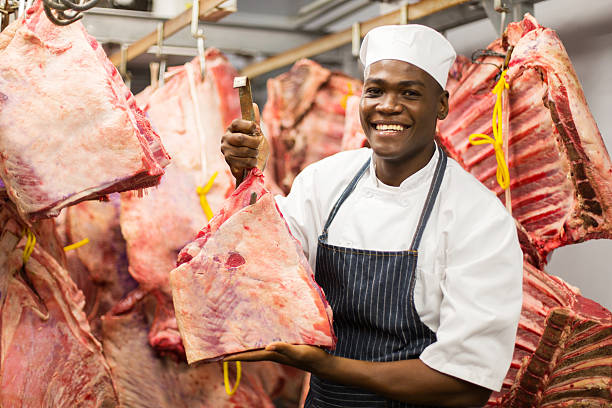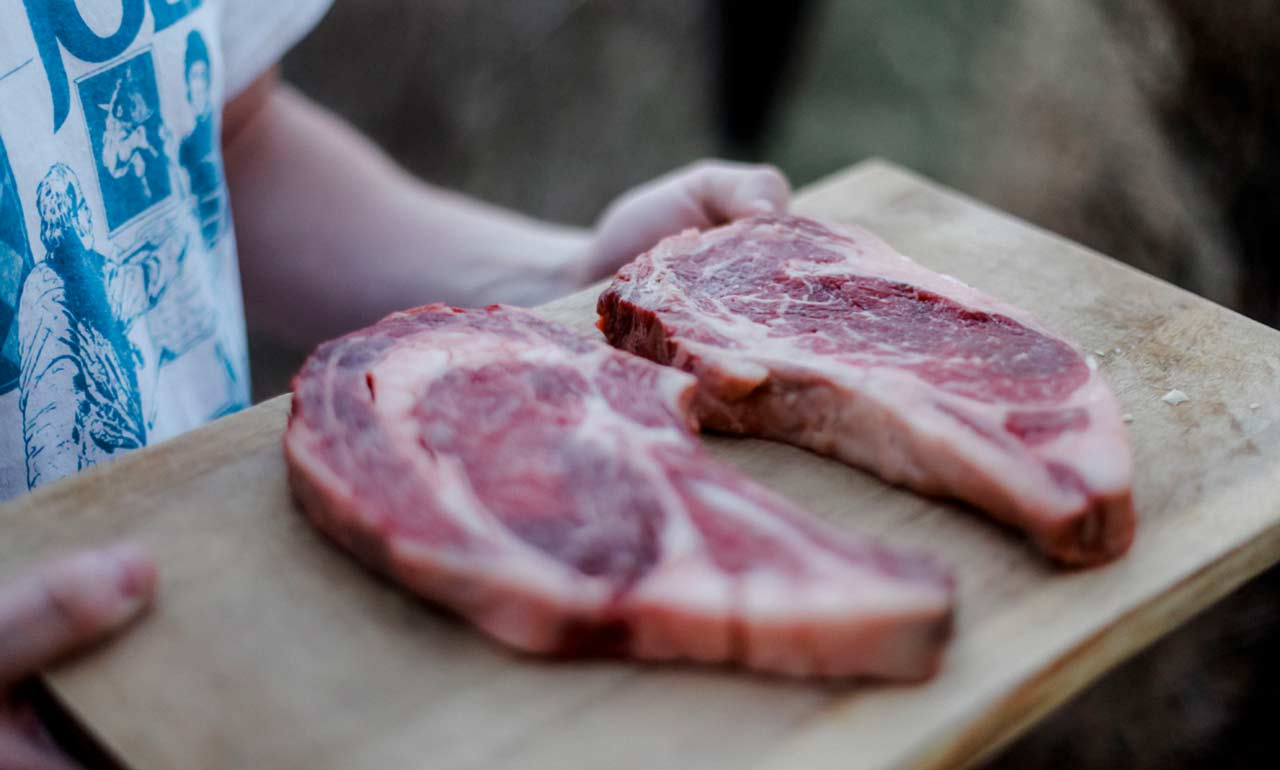Your Ultimate Overview to Meat Markets: Discover the Freshest Cuts and Sustainable Selections
In today's cooking landscape, comprehending meat markets can notably boost the cooking experience. Various cuts of meat deal one-of-a-kind tastes and structures, yet not all are developed equal. Knowing exactly how to recognize top quality items and the relevance of sustainability can change dish prep work. Furthermore, purchasing from local resources sustains honest methods. As one browses through the intricacies of meat option, several essential factors to consider emerge that might affect their choices.
Recognizing Various Cuts of Meat
Understanding the different cuts of meat is essential for both expert chefs and cooking lovers alike. Each cut of meat has its own distinct features, influencing texture, flavor, and cooking approaches. Cuts are generally categorized right into primitive areas such as rib, loin, round, and chuck, each yielding specific sub-cuts like ribeye, tenderloin, and brisket.
For example, the ribeye is recognized for its marbling and tenderness, making it perfect for barbecuing. On the other hand, tougher cuts like chuck require sluggish food preparation to come to be tender. Understanding of these distinctions help in picking the appropriate cut for various culinary applications. Additionally, understanding the anatomy of the pet gives understanding right into how muscle mass use influences flavor and appearance. This fundamental knowledge not only improves cooking skills but also deepens admiration for the craft of butchery and the top quality of the meat itself.
Exactly How to Pick High Quality Products
Choosing high-grade meat products is fundamental to achieving ideal taste and texture in cooking - meat market delivery. When picking meat, one must seek vivid color, which commonly shows quality; for example, beef should show up bright red, while pork needs to have a light pink color. In addition, the marbling of fat within the meat plays an important function in flavor, specifically in cuts like ribeye or pork shoulder. The absence of any type of repulsive smell is one more sign of top quality
Structure should feel strong but slightly producing, suggesting inflammation without being mushy. Consumers are urged to examine the sell-by date to ensure they are acquiring the freshest alternatives.

The Advantages of Acquiring Neighborhood and Lasting
While numerous consumers might focus on cost and convenience when acquiring meat, purchasing sustainable and regional items uses significant benefits that prolong beyond mere economics. Sustaining neighborhood farmers and producers fosters neighborhood partnerships and reinforces the regional economic situation. This method commonly causes fresher, higher-quality meat, as it takes a trip much shorter ranges, minimizing the time from ranch to table.
Sustainable meat manufacturing also prioritizes ethical farming methods, which can bring about better pet well-being requirements. Consumers can feel much more positive about the origins of their meat, knowing it adheres to gentle treatment and ecological stewardship. Additionally, lasting and neighborhood choices commonly use less chemicals and prescription antibiotics, contributing to healthier food choices.
Crucial Tips for Navigating Your Meat Market

Steering a meat market can look here be an overwhelming experience for many buyers, particularly with the selection of kinds, cuts, and sources offered. To relieve this procedure, one essential pointer is to acquaint oneself with common cuts of meat and their usages. Recognizing the distinctions between, for instance, ribeye and sirloin can help customers make notified choices.
Furthermore, engaging with the butchers can improve the buying experience; asking concerns about freshness, sourcing, and prep work can supply important insights. It is likewise valuable to develop a budget prior to shopping to stop overspending.
Customers must not be reluctant to check out the meat very closely, inspecting for shade, appearance, and marbling, which show high quality (bagley meat market edwardsville il). Seeing the market during off-peak hours can lead to a more unwinded buying experience, allowing time to discover and ask concerns without sensation rushed.
Food Preparation Strategies for Different Cuts

Additionally, techniques like toasting are ideal for bigger cuts, such as pork loin, guaranteeing also cooking and improved taste. Ground meats are functional, ideal for different strategies including sautéing and cooking. At the same time, food preparation methods like sous-vide offer precision, specifically for delicate cuts, providing regular results. Comprehending these techniques enables home cooks to choose the very best technique, ultimately boosting the general eating experience. Each cut's inherent qualities should have to be highlighted through thoughtful preparation and cooking.
Frequently Asked Inquiries

What Are the Ideal Times to Go To a Meat Market?
The very best times to check out a meat market are very early mornings, when fresh distributions get here, and late mid-days, when vendors frequently mark down items nearing closing time. Weekends might also supply a wider option and livelier ambience.
Just How Can I Tell if Meat Is Fairly Sourced?
To establish if meat is ethically sourced, one need to look for certifications, inquire about the ranch's methods, and evaluate the openness of the supply chain. Tags suggesting organic or grass-fed can also give insight.
Exist Vegetarian Options Available at Meat Markets?
Lots of meat markets use more tips here vegan options, such as plant-based sausages, veggie hamburgers, and fresh produce. These options provide to varied nutritional preferences, making certain that all customers can find something appropriate for their meals.
What Should I Bring When Seeing a Meat Market?
When going to a meat market, one must bring recyclable bags for acquisitions, a cooler for moving disposable products, a notepad for wagyu steak shipped notes on cuts or costs, and cash or cards for effective transactions.
Just how Do I Effectively Shop Different Types of Meat at Home?
To correctly store different types of meat, one should refrigerate fowl and fish and shellfish at 32 ° F, red meat at 36 ° F, and warranty airtight packaging. Freezing can extend shelf life, however proper thawing is essential prior to usage.
Various cuts of meat offer one-of-a-kind tastes and textures, however not all are developed equivalent. Comprehending the different cuts of meat is necessary for both cooking fanatics and professional cooks alike. Each cut of meat has its own one-of-a-kind characteristics, influencing texture, food preparation, and flavor approaches. Steering a meat market can be an overwhelming experience for many consumers, specifically with the selection of kinds, sources, and cuts offered. Recognizing the appropriate cooking strategies for various cuts of meat can elevate any kind of meal.